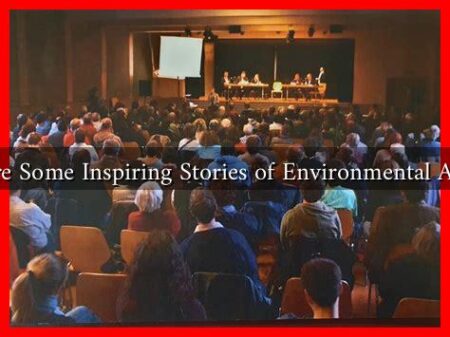-
Table of Contents
What is the Environmental Impact of McDonald’s Cups Meal Packaging?
As one of the largest fast-food chains in the world, McDonald’s has a significant influence on global consumption patterns and environmental practices. The packaging used for their meals, particularly the iconic cups, has come under scrutiny for its environmental impact. This article explores the various dimensions of this issue, including the materials used, waste management practices, and the company’s efforts toward sustainability.
The Materials Behind the Packaging
McDonald’s Cups Meal packaging primarily consists of paper, plastic, and foam materials. Each of these materials has distinct environmental implications:
- Paper: While paper is biodegradable, its production process can be resource-intensive, requiring large amounts of water and energy. Deforestation for paper production also contributes to habitat loss and biodiversity decline.
- Plastic: Plastic cups are often made from polystyrene or polyethylene, which are derived from fossil fuels.
. These materials are not biodegradable and can take hundreds of years to decompose, contributing to long-term pollution.
- Foam: Styrofoam cups are lightweight and convenient but are notoriously difficult to recycle. Many municipalities do not accept foam in their recycling programs, leading to increased landfill waste.
Waste Management Challenges
The environmental impact of McDonald’s Cups Meal packaging is exacerbated by waste management challenges. According to the Environmental Protection Agency (EPA), packaging waste accounts for a significant portion of municipal solid waste in the United States. In 2018, packaging and containers made up about 30% of the total waste generated.
Fast-food packaging often ends up in landfills or as litter in the environment. A study by the Ocean Conservancy found that food wrappers and containers are among the top items collected during beach cleanups, highlighting the pervasive nature of this waste.
McDonald’s Sustainability Initiatives
In response to growing environmental concerns, McDonald’s has implemented several sustainability initiatives aimed at reducing the environmental impact of its packaging:
- Recyclable Materials: McDonald’s has committed to sourcing 100% of its packaging from renewable, recycled, or certified sources by 2025. This includes transitioning to materials that are easier to recycle.
- Reducing Plastic Use: The company has pledged to reduce its use of plastic straws and stirrers, opting for more sustainable alternatives.
- Consumer Education: McDonald’s has launched campaigns to educate consumers about proper recycling practices, encouraging them to dispose of packaging responsibly.
Case Studies and Examples
Several initiatives have been launched globally to address the environmental impact of fast-food packaging:
- McDonald’s UK: In 2019, McDonald’s UK announced that it would eliminate plastic straws from its restaurants, replacing them with paper straws. This move was part of a broader strategy to reduce plastic waste.
- Global Partnerships: McDonald’s has partnered with organizations like the World Wildlife Fund (WWF) to improve its sustainability practices and reduce its carbon footprint.
Statistics on Environmental Impact
Understanding the scale of the environmental impact can be illustrated through some compelling statistics:
- According to a report by the Ellen MacArthur Foundation, the global plastic packaging market is expected to reach $1 trillion by 2024, with fast-food chains being significant contributors.
- In 2020, McDonald’s reported that it had reduced its greenhouse gas emissions by 15% since 2015, but packaging waste remains a critical area for improvement.
Conclusion
The environmental impact of McDonald’s Cups Meal packaging is a multifaceted issue that encompasses material production, waste management, and corporate responsibility. While McDonald’s has made strides toward sustainability, the challenges posed by packaging waste remain significant. As consumers become increasingly aware of environmental issues, the pressure on corporations to adopt sustainable practices will only intensify. By continuing to innovate and improve its packaging strategies, McDonald’s can play a pivotal role in reducing the environmental footprint of fast food.
For more information on McDonald’s sustainability efforts, visit their official sustainability page at McDonald’s Sustainability.





